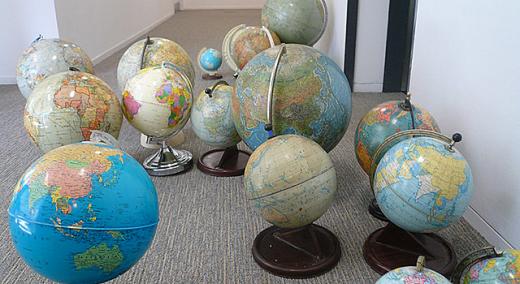The full economic impact of the pandemic has yet to be felt. However, it seems beyond dispute that Covid-19 and globalization don’t mix well. Of course, all economic activity is suffering in this worldwide recession—but the global breadth of business may experience an especially acute shrinking effect. To cite just one grim projection, the International Monetary Fund (IMF) is predicting a 12-percent contraction in global trade this year, more than double the already cataclysmic 4.9-percent negative growth prediction for the world economy as a whole.
|
ADVERTISEMENT |
The proximate causes for this are widely known: the unhappy coincidence of China being both the virus’s apparent country of origin and epicenter of global production for countless multinational corporations, the cessation of global travel, etc. Far less clear, at this stage, is what all this means for global business strategy. Should companies keep a low profile and hope for globalization to rebound, or prepare for hasty repatriation?
…

Add new comment